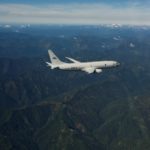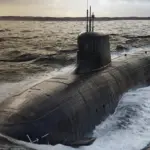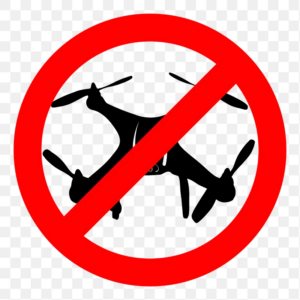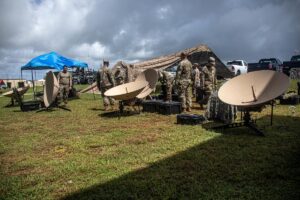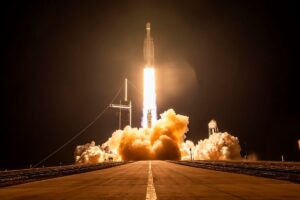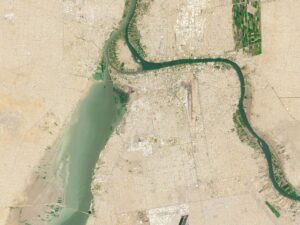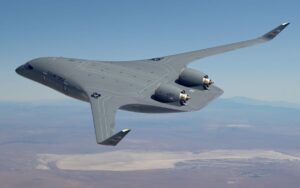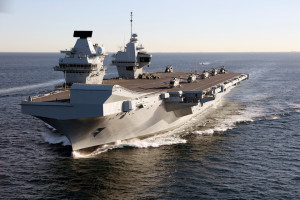
The United Kingdom’s newest aircraft carrier, the HMS Queen Elizabeth, started traveling to the U.S. on Friday to test F-35B landings on its deck for the first time.These tests will be the first time a fast jet, or short takeoff and vertical landing (STOVL), fly off a British carrier at all in eight years.These developmental trials will use two specially equipped F-35Bs from the Integrated Test Force (ITF), based from Naval Air Station Patuxent River, Md., and special sensors aboard…

 By
By 